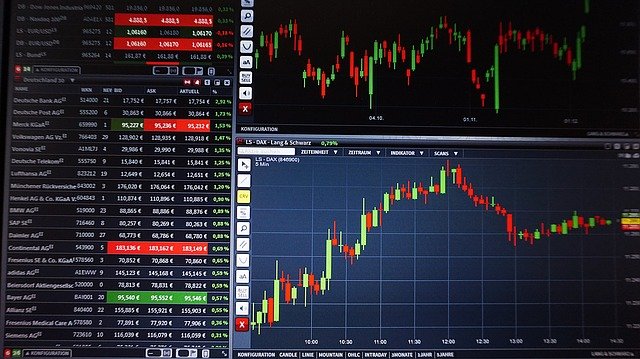TerraUSD USTUSD, -12.91% and LUNA LUNA, -4.26% are being falsely accused for what’s come to be known as the “crypto crash.” A good counterargument can be made that the real culprit is bitcoin’s BTCUSD, +0.32% overvaluation.
The notion that bitcoin’s fair value can even be calculated may take some getting used to, and I’ll discuss how in a moment. But first it’s important to document the extent of bitcoin’s recent crash: in mid-May bitcoin traded more than 30% below its April high, and nearly 40% below where it stood in March. It was down almost 60% since its high in November 2021.
Most commentators are blaming the stablecoin market for causing the crash, and no doubt it played a role. TerraUSD, a so-called algorithmic stablecoin designed to never deviate significantly from $1, recently traded as low as 10 cents. LUNA, the stablecoin that is part of the algorithm to maintain Terra’s dollar peg, has become virtually worthless.
But if bitcoin was significantly overvalued to begin with, it was already vulnerable to a plunge. Terra and LUNA may have been the straws breaking the camel’s back, but if not them, there would have been some other trigger instead.
Valuing bitcoin
The valuation model that showed bitcoin to be overvalued hinges on Metcalfe’s Law, a formalization of what’s known as a network effect. This effect exists when the overall value of a network grows with the number of users. When Metcalfe’s Law applies, that value is proportional to the square of the number of users.
An analyst who has used Metcalfe’s Law to construct a fair value model for bitcoin is Claude Erb, a former commodities portfolio manager at TCW Group. Assuming that every bitcoin that has been mined so far represents one user in a bitcoin network, Erb calculates that bitcoin’s fair value currently is around $24,000.
I first wrote about his model for Barron’s in December 2020, when the model calculated this cryptocurrency’s fair value to be around $12,000. Almost immediately following that Barron’s column, bitcoin skyrocketed from around $20,000 to more than $60,000, leading many to dismiss Erb’s model out of hand.
Since then, bitcoin has tumbled while the fair-value estimate of Erb’s model has risen, with the result that the two are now close to each other — as you can see from the chart below. This has led many to give the model a second look.
How much importance should you put on Erb’s Metcalfe-Law based model? Perhaps the strongest case is that it does a good job fitting the historical data. When bitcoin trades well-above or well-below the model’s fair-value calculation, the model suggests that bitcoin’s value will move closer in line with this figure.
In any case, it’s important to acknowledge that every publicly-traded security on occasion deviates widely from fair value. For example, the S&P 500 SPX, +0.01% over the past 150 years has on occasion traded further above its average price/earnings ratio than bitcoin has over its fair value, and on other occasions has fallen further below. Yet investors don’t conclude from these wide variations that the P/E ratio is useless as a valuation indicator. The same courtesy should be extended to Erb’s model.
Another reason to pay attention to Erb’s model is that it is plausible. Even if the value of the bitcoin network doesn’t precisely grow via Metcalfe’s Law — via the square of the number of connected users — it makes sense that the network’s value would grow as more people own and use the cryptocurrency.
Yet as Erb acknowledges, the Metcalfe Law model isn’t perfect. Many investors own more than one bitcoin, for example, so the number of connected users on the network is not the same as the number of bitcoins that have been mined. Furthermore, a not-insignificant number of bitcoins have been lost, further reducing the actual number of connected users.
Erb has told me that, in effect, he proposed his model as a challenge to those who believe that bitcoin’s value is much greater. “If someone wants to come up with a better fair value estimate for bitcoin than Metcalfe’s Law, fantastic,” he said.
Just don’t simply assert that Erb’s model is wrong; you need to propose an alternate model that specifies what bitcoin’s fair value is at each point in the past and the future. That way, it can be tested, analyzed and critiqued — just as Erb is hoping his model will be. In the meantime, Erb’s model remains the most plausible fair value estimate for bitcoin that I am aware of.
Mark Hulbert is a regular contributor to MarketWatch. His Hulbert Ratings tracks investment newsletters that pay a flat fee to be audited. He can be reached at mark@hulbertratings.com
Also read: MakerDAO’s Rune Christensen says Terra was ‘long overdue’ to collapse, calls for rules on stablecoins
More:

